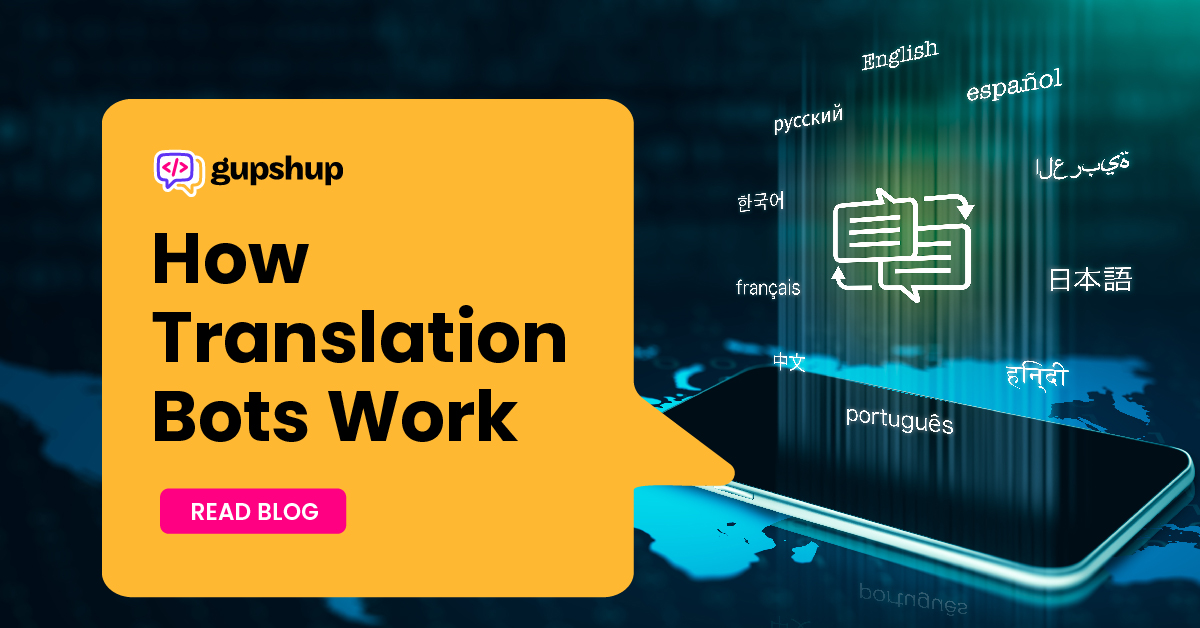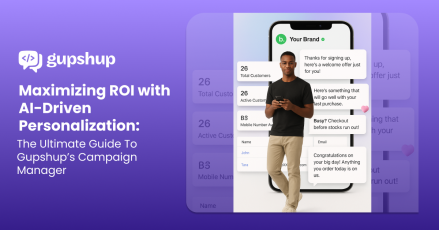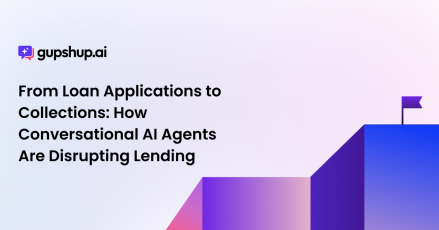How Translation Bots Work

Machine translation is on the rise. Google Translate, as well as other automated translation solutions like Bing Microsoft Translator, Babel Fish, PROMT, ImTranslator, have significantly improved over the years. With the help of neural networks and deep learning, they are now capable of translating more languages with better accuracy.
One of the notable aspects of machine translation is the use of bots. What are they? How are they related to search engine bots? Know the answers to these questions and more in the following discussions.
Translation bots – Introduction
Translation bots are like AI virtual assistants that specialize in language translation. They can interact with a user textually or verbally. They are usually comparable to messenger services, i.e. you have to communicate with them through voice or text chat to have certain phrases or words translated to the language you want. It’s like exchanging messages with someone through chat or by talking to them to ask for a translation.
The “bot” in this phrase merely infers automation. It means that you no longer have to interact with a human attendant to use a certain translation service. It’s just like the customer service bots used by many commercial websites. They employ customer support bots to dispose of minor inquiries and concerns quickly and efficiently. Instead of inundating a human customer service representative with all of the incoming questions and complaints from customers, bots are deployed to handle simple questions and issues.
Search engine bots vs. translation bots
To do away with the confusion, it bears emphasizing that translation bots are very much different from search engine bots. While both “bots” here are short for “robots,” they mean entirely unrelated things. Also referred to as spiders, search engine bots are programs designed to crawl around the world wide web to index website pages. They seek out content on the internet for indexing, making it easier for search engines to pull out links to content in the SERPs (search engine results pages).
Translation bots, on the other hand, are software designed to facilitate interaction with a translation system. They are intended to make it easy to use a translation platform. Powered by artificial intelligence, they are similar to chatbots or are essentially a type of chatbot. They simulate conversations with humans, to make the use of a translation service somewhat engaging or less impersonal.
Here are some resources to help you learn more about chatbots and bot development:




